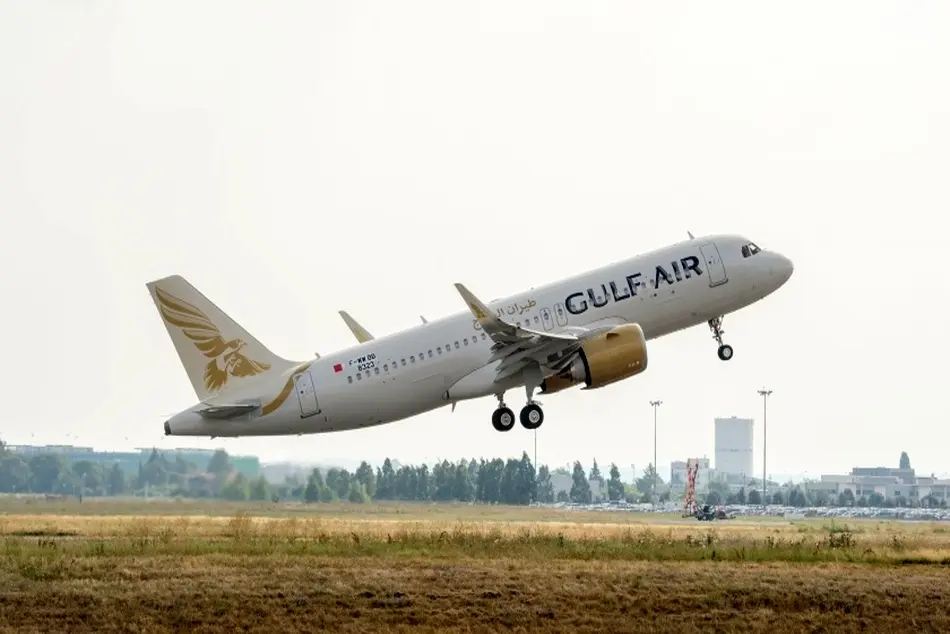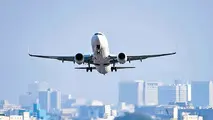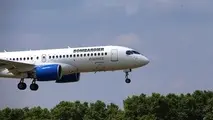Gulf Airlines Place Large Orders At Dubai Airshow
If anyone ever asks where it all happened, it is here: Room 6 on the top floor of the vast building that houses exhibitors at the Dubai Airshow.

If anyone ever asks where it all happened, it is here: Room 6 on the top floor of the vast building that houses exhibitors at the Dubai Airshow.
In 2013, Emirates, Etihad and Qatar Airways announced their launch orders for the Boeing 777X in a room packed with executives and reporters. The multibillion-dollar deals showed the world that the big players in the Gulf were here to stay and committed to growing even faster.
Twelve years later, reporters received messages on their phones asking them to assemble in that storied room. Just 8 min. after those messages were sent, Emirates Chairman and CEO Sheikh Ahmed Bin Saeed Al Maktoum told the world about another stunning investment in even more 777Xs, combined with his wish for even larger aircraft. Some reporters were unable to reach Room 6 in time to hear the announcement.
The Middle East has not been short of crisis moments, particularly this year: the Gaza War, Iran’s attack on a U.S. base in Qatar, Israel’s strike on Hamas negotiators in Doha, airspace closures and U.S. tariffs threatening to derail globalization on which the mega-connectors rely. Reasons for caution abound.
But that must be the view only from the outside. The inside perspective is completely different and full of optimism. Al Maktoum’s announcement on the first day of the Dubai Airshow was followed by a flood of airline orders the like of which have not been seen at air shows for some years. And events at Dubai 2025 confirmed that the center of gravity in commercial aviation is moving east. Airlines based in the United Arab Emirates (UAE) were responsible for most of the action.
In addition to Emirates’ commitment for the 65 additional 777-9s, FlyDubai stepped up, signing for 75 more Boeing 737 MAXs and placing its first Airbus order—for 150 A321neos—17 years after the airline’s launch. Down the road in Abu Dhabi, Etihad decided it needs to grow faster, too, and to add another fleet type: the A330-900. The carrier’s orders comprised up to 32 aircraft, including freighters.
At the same time, Gulf Air in Bahrain firmed up a deal for 15 Boeing 787s. Under CEO Martin Gauss, who started at the beginning of November, the airline is developing a new strategy that will move it into growth mode.
Back in Dubai, two factors are beginning to show effects. Emirates is in the middle of planning for the post-A380 era, which is likely to materialize in the 2040s despite efforts to keep the airline’s largest aircraft flying—hence the doubling down on the 777X program. And both Dubai-based airlines are preparing for the move to Dubai World Central (DWC) from the much-congested Dubai International Airport (DXB), which features terminal capacity for a little more than 100 million passengers per year and two runways. The giant DWC airport, in contrast, being built on a vast piece of land in the desert, is designed to process over 250 million passengers annually and provide airlines with the capacity of five runways by 2032.
DWC is expected be able to handle 190 aircraft on the ground at the same time, Emirates Airline President Tim Clark says. And Emirates’ strategic planning is focused on what the airline will look like after DWC opens and how it can grow into 2040.
The carrier’s order for 65 more 777Xs comes on top of earlier commitments for 205 777Xs, including -8s, -9s and -8Fs. Emirates has total outstanding orders for 315 Boeing aircraft, including 35 787s. Deliveries of 777Xs will continue “all the way to 2038,” Al Maktoum said, noting: “I assure you that each and every aircraft has been carefully factored into Emirates’ growth plans.”
The airline was supposed to have received its first 777-9 in 2020. Boeing recently pushed first deliveries into 2027 from 2026, making the airline’s planned growth more difficult to achieve. Emirates has reacted by extending 777-300ER leases and retrofitting its in-service fleet with new business-class seats, among other things.
“Boeing is aware of the staggering effect” the delays have had on the airline, Clark said, adding that “Boeing is accommodating.” He stressed that Emirates is not buying aircraft “for the sake of offsetting compensation,” but “we know 16 years out what we are going to do.” As average aircraft size comes down with A380s being retired over time, “you have to get the frequency up,” he said.
FlyDubai will also be able to implement much more aggressive growth. Its aircraft orders, announced by CEO Ghaith Al Ghaith, show how it plans to do so, even though DWC expansion is still at least seven years out. The carrier is deviating from its previous all-Boeing fleet strategy and has decided to order 150 Airbus A321neos in addition to 75 more 737 MAXs.
According to the Aviation Week Network’s Fleet Discovery database, FlyDubai has an in-service fleet of 97 Boeing 737s, a mix of MAXs and -800s. Before the show, the airline had outstanding orders for 116 737 MAXs and 30 787-9s, its first widebodies.
FlyDubai’s first A321neos are scheduled to be delivered in 2031, a year before the planned full move to DWC. The airline will reintroduce flights to DWC in the next few years, using the airport’s current smaller terminal before the full transfer. FlyDubai operated from DWC until the COVID-19 pandemic.
The order adds to the proliferation of the A320neo family in the UAE. Abu Dhabi-based Etihad has taken delivery of A321LRs. Its direct order comprises a total of 20 A321neos, and it was operating 12 sourced from lessors as of the end of October. Air Arabia in Sharjah has started receiving its order of 120 A320neo-family aircraft, among them around 50 A321neos as well as XLRs.
Etihad, already operating out of a much expanded airport with plenty of room to grow, added up to 32 aircraft to its orderbook, including six A330-900s bought straight from Airbus and nine on lease from Avolon. The carrier has secured some of the last remaining early widebody delivery slots; the first of its A330neos are slated to arrive in 2027.
Etihad also bought a further seven A350-1000s, raising its commitment to the widebody to 27, and the carrier increased its Airbus freighter commitments to 10 A350Fs from seven. Etihad plans to invest $10 billion in new aircraft over the next five years.
“With this [new commitment], we now have the capacity to get to 200 planes by 2030 and probably about 37 million passengers,” CEO Antonoaldo Neves said. “We have been revisiting the plan a lot based on what we have seen in the market.” With the additional aircraft, the airline will be able to grow capacity by an average 13-14% annually, compared with 9-10% without them.
Over the last year alone, Etihad has announced services to 31 new destinations in a sharp reversal of the strategy pursued by Neves’ predecessor, Tony Douglas. Now is “execution time,” Neves said. Tim Clark and Ghaith Al Ghaith likely could not agree more.



